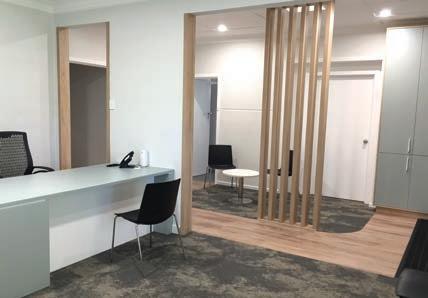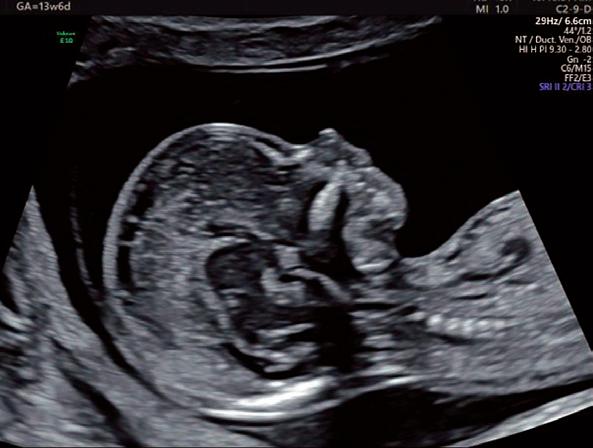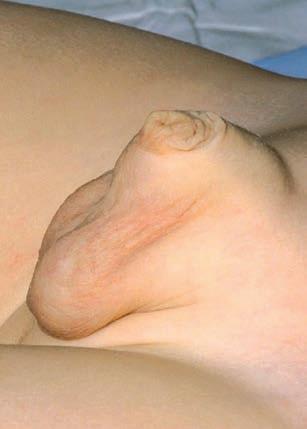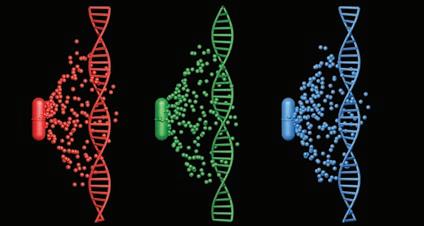Promises and problems of NIPT By Professor Jan Dickinson, Maternal Fetal Medicine Specialist, and Ms Karen Harrop, Genetic Counsellor, Subiaco Prenatal screening is becoming more complex as technology expands the number of disorders potentially diagnosable prior to birth and as screening evolves to incorporate expanded genetic carrier screening and rarer chromosomal malformations. The options can be overwhelming for health care providers and women, potentially overshadowing the joy of pregnancy if not approached in a reasoned manner. Support and advice from trained genetic counsellors and specialists in prenatal diagnosis should be actively sourced when needed. Current obstetric practice guidelines in Australia advocate offering prenatal screening for fetal structural and genetic abnormalities, with the final decision for testing residing with the woman. The test performance characteristics of non-invasive prenatal testing (NIPT) for the common fetal aneuploidies are superior to combined First Trimester Screening (cFTS), although the expansion of NIPT into sex chromosome aneuploidy and microdeletion screening is associated with substantial false positive rates. NIPT has resulted in a significant reduction in amniocentesis and CVS. However, this reduction may be reversed if expanded NIPT panels become more widely used. Without a national policy, two main strategies have evolved for NIPT – to offer it as a first line test or after an increased risk cFTS.
Clinical considerations NIPT is not considered diagnostic for trisomy 21, 13 or 18. An increased probability result should be confirmed by a diagnostic test (e.g. CVS or amniocentesis). Sensitivity is lower in twin pregnancies. 40 | AUGUST 2020
be offered, but consider referral for expert ultrasound review.
If NIPT as a primary screen returns an increased probability for trisomy 13 or 18 but the fetus appears unremarkable to expert ultrasound, an amniocentesis (not CVS) is indicated to sample the fetal karyotype. If a cFTS demonstrates a large nuchal translucency (>3.5-4 mm), if the fetus displays structural malformations or if the cFTS result is >1:20 – NIPT is not an appropriate next step. Referral for advanced imaging and a diagnostic genetic test is required. In 1-3%, NIPT fails to provide a result (‘no-call’). This is usually due to a low fetal cell-free DNA fraction (which can be associated with factors like maternal obesity) or laboratory technical issues. Other reasons include fetal chromosomal abnormalities, maternal autoimmune disease or maternal heparin use. In the situation of a no-call result, a repeat NIPT should
Maternal chromosomal abnormalities, malignancies, recent blood transfusion and solid organ transplantation may produce difficulties in the interpretation of NIPT. Advanced NIPT is now available in the form of genome-wide (GW) cfDNA NIPT; with no additional cost, and no delay in turnaround time (3-5 working days). Genomewide NIPT reports on extra or missing whole chromosomes across all chromosomes, rare autosomal aneuploidies, copy number variations (CNVs) including duplication and deletions, and unbalanced translocations. Rare autosomal aneuploidies (RAAS) are the monosomies and trisomies not restricted to chromosomes 13, 18, 21 and frequently represent confined placental mosaicism (CPM) (e.g.
MEDICAL FORUM | CHILD HEALTH ISSUE
BACK TO CONTENTS
CLINICAL UPDATE













